Microwave Containers
- **Heat Resistance:** Up to 250°F
- **Materials:** Polypropylene (PP), CPET
- **Safety:** Often BPA-free, no chemical leaching
- **Convenience:** Designed for reheating meals
Stay ahead with the latest packaging innovations and insights from Clara Voss and Innovative Packaging Solutions.
Posted on: 2025-10-27
By: Clara Voss
What if the packaging choices you make could significantly impact your health and convenience? When it comes to food, understanding the materials that contain it is crucial for both safety and quality.
This visual highlights the key differences and considerations between microwave-safe containers and traditional food packaging options.
Microwave containers often prioritize BPA-free materials, ensuring higher food safety standards and meeting consumer health expectations.
Always look for "microwave-safe" labels and consider durability and environmental impact when choosing packaging.
When it comes to food packaging, the choice between microwave containers and traditional options can significantly impact convenience and safety. As someone deeply invested in the packaging industry, I understand that selecting the right material is crucial for both consumers and businesses. Let’s dive into what makes microwave containers unique and how they compare to more traditional packaging solutions.
Microwave containers are specifically designed to withstand the heat generated during microwave cooking without melting or releasing harmful chemicals. These containers are typically made from materials like polypropylene or CPET, which offer excellent heat resistance. By using microwave-safe containers, you can confidently heat your meals without worrying about the safety of your food.
At Innovative Packaging Solutions, we prioritize developing microwave containers that not only meet safety standards but also cater to the evolving needs of our clients. Whether you’re packaging meal kits or single-serve options, the right container can enhance the overall dining experience!
Traditional food packaging encompasses a wide range of materials, including paper, glass, and various plastics. While these options have served various purposes over time, they often lack the specific heat resistance that's essential for microwave use. Some common types of traditional packaging include:
Though these materials have their benefits, they may not always perform well under microwave conditions. Consumers need to be aware of these differences when choosing packaging for their meals.
Understanding the materials used in both microwave containers and traditional packaging is essential for evaluating their performance. Each material has its unique properties that influence heat resistance, safety, and overall reliability.
One of the most significant differences is heat resistance. Microwave containers are engineered to endure high temperatures, making them suitable for reheating meals without compromising the food's integrity. In contrast, traditional packaging often struggles to hold up in such conditions. Here’s a quick comparison:
Choosing the right type of packaging is vital for maintaining food quality and safety. It's an area where I see many businesses making choices that could impact their reputation.
When considering the materials for microwave-friendly packaging, some common options include:
Each of these materials brings its advantages, but it's essential to choose wisely based on thermal performance and intended use!
In today’s health-conscious market, the use of BPA-free materials is more important than ever. BPA (Bisphenol A) can leach into food, posing potential health risks. According to a study published by the National Institutes of Health, the migration of certain substances from food contact materials into food, especially under heating conditions, is a critical area of research for public health. At Innovative Packaging Solutions, we prioritize the use of BPA-free materials in our packaging solutions. This not only ensures safety for consumers but also aligns with the growing demand for healthier, environmentally friendly options.
By opting for BPA-free materials, not only are you safeguarding health, but you're also enhancing your brand's reputation in a competitive market!
Microwave containers are typically made from materials like polypropylene (PP) or CPET (Crystallized Polyethylene Terephthalate), which are selected for their excellent heat resistance and ability to withstand high temperatures without melting or releasing harmful chemicals.
BPA-free materials are crucial because Bisphenol A (BPA) can leach into food, potentially posing health risks. Using BPA-free packaging ensures higher food safety standards and aligns with consumer demand for healthier options. Research, such as that highlighted in the Journal of Food Science Education, often emphasizes the importance of safe food packaging materials.
Always look for a "microwave-safe" label or symbol on the product. This symbol typically indicates that the container has been tested and deemed safe for use in microwave ovens, meaning it won't warp or leach chemicals into your food.
Traditional food packaging, including certain plastics, paperboard, or metal, often lacks the heat resistance of microwave-specific containers. These materials can warp, melt, or even release chemicals when exposed to the high temperatures of a microwave, compromising food safety and quality. The National Center for Biotechnology Information (NCBI) offers further insights into the safety aspects of food packaging materials.
Microwave containers are generally designed to withstand temperatures up to 250°F (121°C), ensuring they remain stable and safe during the reheating process. This resistance prevents deformation and chemical migration into food.
When selecting food packaging, which factor is most important to you? Is it heat resistance, environmental impact, or convenience? Share your thoughts below:
When it comes to selecting the right packaging for food, understanding the pros and cons of each option can significantly influence your decision. Both microwave containers and traditional food packaging have their unique benefits and drawbacks. Let’s delve into the key takeaways for each type, so you can make more informed choices for your needs!
However, there are some considerations. For instance, not all microwave containers are created equal. You should always look for clear labeling that confirms they are safe for microwave use. Additionally, some may not be as durable and can warp after multiple uses, which is something to keep in mind.
Still, traditional packaging can be heavier and less convenient for transport. Plus, it may not always be microwave-safe. Thus, while it offers many advantages, it’s essential to weigh them against your specific needs.
Choosing the right packaging doesn’t have to be overwhelming. With a bit of guidance, you can make confident decisions that benefit both your business and your customers. After all, at Innovative Packaging Solutions, we understand the importance of high-quality packaging materials that cater to various industries!
These tips can help you navigate the endless choices in food packaging, ensuring that you select what’s best for your health, convenience, and the environment!
By focusing on these aspects, businesses can enhance their product offerings, streamline operations, and cater to the growing demand for sustainable solutions.
Finally, let's talk about preserving food quality. The right packaging plays a critical role in maintaining freshness. For example, airtight seals and appropriate materials can help prevent spoilage and extend shelf life. Considerations such as moisture control and heat resistance are essential when selecting your packaging.
At Innovative Packaging Solutions, we pride ourselves on providing options that not only meet these needs but also align with sustainability goals. The right packaging can make all the difference in ensuring that your food stays fresh and appealing!
Here is a quick recap of the important points discussed in the article:
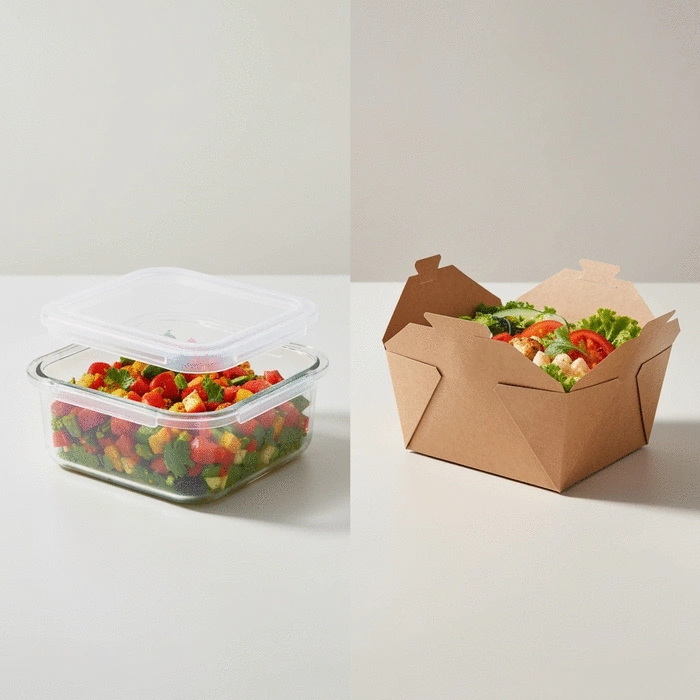
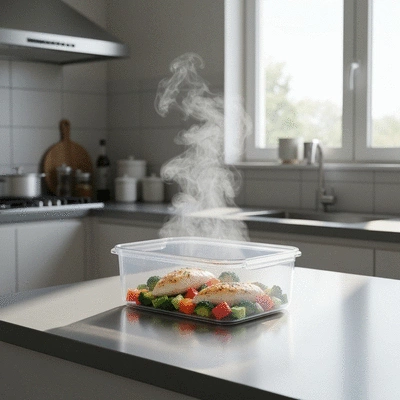
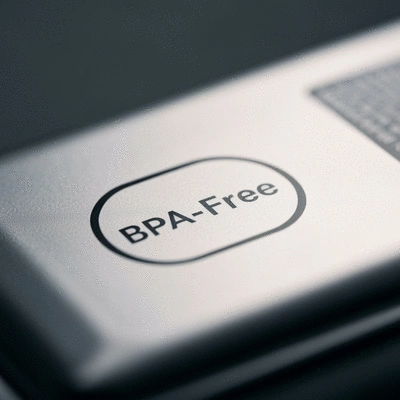
 Choosing the right planting method can significantly impact your gardening success. As a gardener, u
Choosing the right planting method can significantly impact your gardening success. As a gardener, u
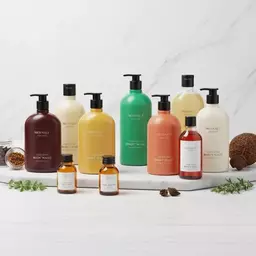 As brands strive to resonate with an increasingly personalized consumer base, the packaging of produ
As brands strive to resonate with an increasingly personalized consumer base, the packaging of produ
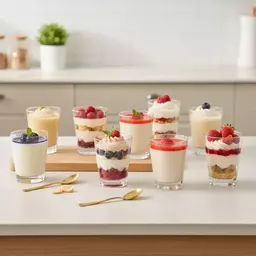 In the world of foodservice, presentation and convenience are key. By embracing microwave-safe desse
In the world of foodservice, presentation and convenience are key. By embracing microwave-safe desse